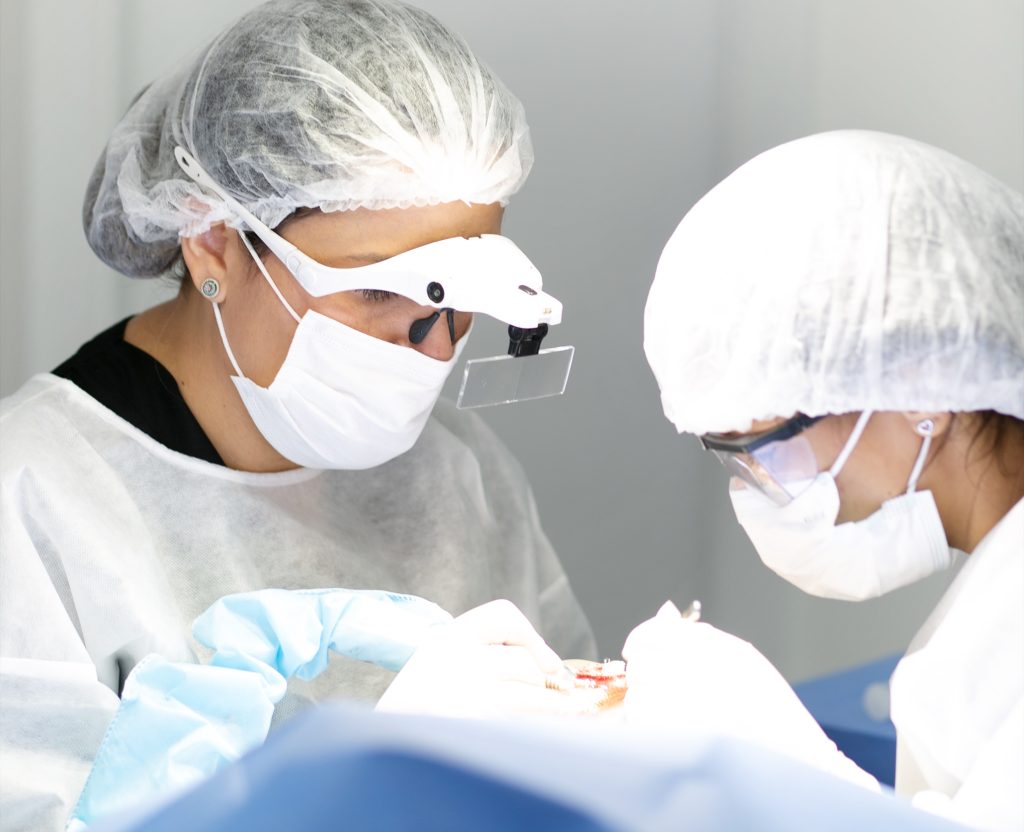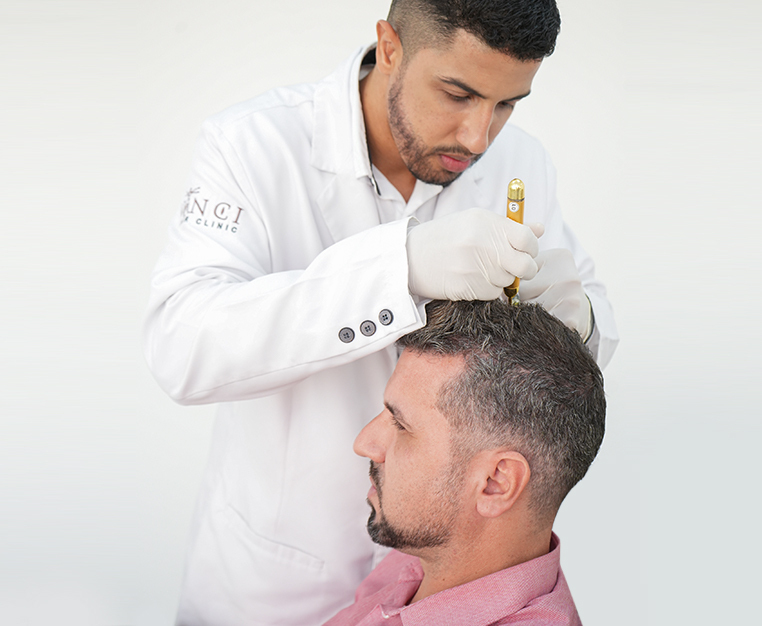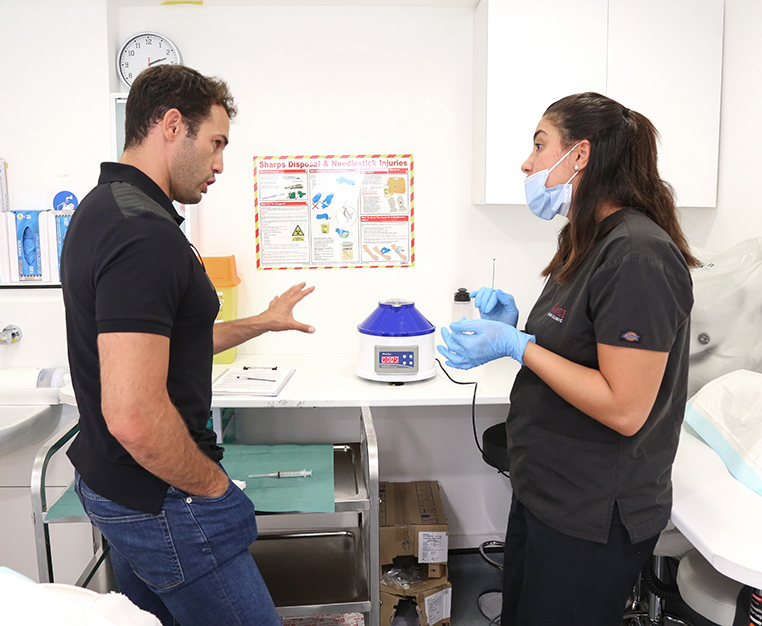Introduction
How Long Do Hair Transplants Last? Short answer: hair transplants offer a permanent and effective solution for hair loss. With the right procedure, aftercare, and maintenance, the results can last a lifetime.
This is because the hair thats extracted is from the back and sides of the head. These hairs are genetically resistant to the main cause of hair loss, the hormone DHT. This is the cause of Male pattern baldness and female pattern baldness. As a result hair transplants when done well are permanent.
Hair loss affects millions worldwide, and finding an effective and lasting remedy is crucial. Studies indicate that about 85% of men will experience significant hair thinning by the age of 50, while women also face hair loss, with about 50% experiencing noticeable hair thinning by age 40.
These statistics underscore the widespread nature of the issue and highlight the importance of reliable solutions like hair transplants. Hair transplants have become a popular solution for hair loss, with many turning to this procedure for a permanent fix.
Follicular Unit Extraction (FUE) technique hair transplants have emerged as a preferred method due to its minimally invasive nature and impressive results. Unlike older techniques, FUE hair transplants involve extracting individual hair follicles from a donor area and implanting them into thinning or balding regions. This method ensures a more natural look and reduces recovery time.
However, a common question remains: how long do these hair transplants last? Understanding the longevity of FUE hair transplants is essential for anyone considering this procedure.

How FUE Hair Transplants Work
The FUE Procedure Explained
Follicular Unit Extraction (FUE) is a meticulous process. Hair follicles are individually harvested from the donor area, typically the back or sides of the head, where hair is more resistant to balding.
These follicles are then carefully implanted into the balding or thinning areas. The precision of this method ensures that the transplanted hair blends seamlessly with the existing hair, providing a natural appearance. The procedure is usually performed under local anesthesia, making it a relatively painless experience.
Recovery and Initial Results
Post-procedure, patients can expect some redness and swelling at both the donor and recipient areas, but these symptoms typically subside within a few days. Initial hair growth begins within a few months, with significant improvements visible by six to twelve months. The transplanted hair will initially shed before new growth begins. This is a normal part of the process called “shock loss.”
Longevity of FUE Hair Transplants

Permanent Results
One of the key advantages of FUE hair transplants is the permanence. The hair follicles transplanted during the procedure are resistant to the hormone dihydrotestosterone (DHT), which is primarily responsible for hair loss. This means that the transplanted hair should continue to grow throughout the patient’s lifetime, providing a long-term solution to hair thinning and balding.
Factors Influencing Longevity
While FUE hair transplants are generally permanent, several factors can influence the longevity and appearance of the results. These include:
- Quality of the Donor Hair: The success of the hair transplant heavily relies on the quality and density of the donor hair. Strong, healthy hair follicles are crucial for optimal results.
- Age and Health: Younger, healthier individuals tend to experience better long-term results. Overall health, including nutrition and lifestyle, also plays a role.
- Post-Transplant Care: Following the post-operative care instructions provided by the clinic is vital. Proper care ensures the best possible outcome and longevity of the transplanted hair.
- Genetic Factors: While transplanted hair is resistant to DHT, ongoing hair loss in other areas can affect the overall appearance. Maintenance treatments may be necessary to manage these changes.
Fighting Existing Hair Loss with Medication and Treatments like PRP
While hair transplants are a permanent solution to restore lost hair, addressing existing hair loss is just as important to maintain overall hair density. This is because the native hair (the hair thats naturally on the scalp) is still susceptible to hair loss in the future, so its crucial to fight hair loss before it causes too much damage. There are various medical treatments and therapies that can slow down or even reverse the progression of hair thinning.
Medications for Hair Loss
-
Minoxidil (Rogaine): An FDA-approved topical treatment, minoxidil is widely used to treat hair thinning. It works by stimulating hair follicles, prolonging the growth phase (anagen) of hair, and improving blood circulation to the scalp. Minoxidil can be used for both men and women and is typically applied once or twice a day. Consistent use can help slow hair loss and even promote regrowth in thinning areas.
-
Finasteride (Propecia): Another FDA-approved medication, finasteride is an oral pill that works by inhibiting the hormone dihydrotestosterone (DHT), a key contributor to male pattern baldness. By lowering DHT levels, finasteride can effectively prevent further hair loss and, in some cases, encourage hair regrowth. However, it is primarily recommended for men, as it can have side effects related to hormone levels in women.
Platelet-Rich Plasma (PRP) Therapy
PRP therapy is an innovative, non-surgical treatment that has gained popularity for its ability to combat hair loss. PRP involves drawing a small amount of the patient’s blood, processing it to concentrate the platelets, and then injecting the platelet-rich plasma into the scalp. Platelets contain growth factors that help to repair and regenerate tissues, including hair follicles.
PRP works by:
- Stimulating hair follicles: The growth factors in PRP can trigger dormant hair follicles to become active again, promoting new hair growth.
- Improving hair thickness: PRP can help thicken thinning hair and increase overall density.
- Enhancing blood supply: Increased blood flow to the hair follicles encourages healthier, stronger hair growth.
PRP therapy is often recommended as an additional treatment to hair transplants, helping to boost the overall results and preserve natural hair. It’s typically performed over multiple sessions, with noticeable improvements in hair thickness and health after a few months.
Combining Medications and PRP for Optimal Results
Using medications like minoxidil and finasteride alongside PRP therapy can offer a comprehensive approach to fighting hair loss. While medication helps slow down or reverse the process of thinning, PRP boosts hair health and stimulates new growth, making this combination highly effective for long-term hair preservation.
Whether you’re looking to prevent further hair loss or enhance the results of a hair transplant, these treatments provide viable solutions for maintaining a fuller head of hair. Always consult with a qualified specialist to determine the best treatment plan tailored to your unique hair loss pattern and needs.

Why Choose Vinci Hair Clinic?
Vinci Hair Clinic stands out as a leader in hair restoration, offering unparalleled expertise and results. With over 100,000 satisfied customers, 20+ specialist doctors, and more than 15 years of experience, Vinci Hair Clinic is a trusted name in hair transplants. Their state-of-the-art facilities in 13 different countries ensure that patients receive top-quality care no matter where they are.
Conclusion
FUE hair transplants offer a permanent and effective solution for hair loss. With the right care and maintenance, the results can last a lifetime, providing patients with a natural and full head of hair.
For those considering a hair transplant, Vinci Hair Clinic offers world-class services, backed by a team of experienced professionals. With a commitment to excellence and patient satisfaction, Vinci Hair Clinic is the ideal choice for achieving lasting hair restoration.
Ready to transform your look and regain your confidence? Visit Vinci Hair Clinic today to learn more about their FUE hair transplant services and book your consultation. Join the ranks of 100,000+ satisfied customers and experience the Vinci Hair Clinic difference!


